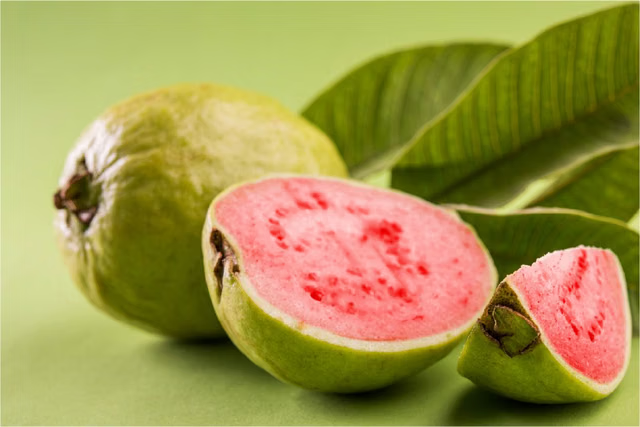Beef Tongue (Cooked, Simmered) – Nutritional Information
Beef tongue, a flavorful and tender cut from the beef, is often simmered to create a succulent and rich dish. This protein-packed delicacy offers an array of essential nutrients, making it a valuable addition to many meals. Here’s a detailed breakdown of its nutritional content per 100g serving.
Nutritional Information (Per 100g of Beef Tongue, Cooked and Simmered)
| Nutrient | Amount |
|---|---|
| Energy | 284 kcal |
| Protein | 19.29 g |
| Total Fat | 22.3 g |
| Saturated Fat | 8.125 g |
| Carbohydrates | 0.0 g |
| Fiber | 0.0 g |
| Sugar | 0.0 g |
| Calcium | 5.0 mg |
| Iron | 2.61 mg |
| Magnesium | 15 mg |
| Phosphorus | 145 mg |
| Potassium | 184 mg |
| Sodium | 65.0 mg |
| Zinc | 4.09 mg |
| Copper | 0.148 mcg |
| Manganese | 0.018 mg |
| Selenium | 13.2 mcg |
| Vitamin C | 1.3 mg |
| Thiamin (Vitamin B1) | 0.022 mg |
| Riboflavin (Vitamin B2) | 0.294 mg |
| Niacin (Vitamin B3) | 3.49 mg |
| Vitamin B6 | 0.155 mg |
| Folate | 7.0 mcg |
| Vitamin B12 | 3.13 mcg |
| Vitamin A | 0.0 mcg |
| Vitamin E | 0.3 mg |
| Vitamin D2 | 0.4 mcg |
Allergen Information
Beef tongue is a natural product derived from beef. It is important to note that while it is free from common allergens such as gluten, dairy, and nuts, it may pose a risk to individuals with beef or other meat allergies. Always consult with a healthcare professional if you have specific concerns regarding meat consumption.
Dietary Preferences
Beef tongue is a versatile ingredient that can be included in various dietary preferences, including:
- Paleo Diet: A perfect fit for those following a high-protein, low-carb eating plan.
- Keto-Friendly: With zero carbohydrates, it is ideal for a ketogenic lifestyle.
- Carnivore Diet: Being purely animal-based, beef tongue is a great choice for those following a carnivore diet.
- High-Protein Diets: With a substantial amount of protein per serving, it’s an excellent option for muscle building and repair.
Cooking and Serving Suggestions
Beef tongue can be prepared in numerous ways, but simmering is one of the most popular methods, as it tenderizes the meat while enhancing its rich flavor. Once cooked, it can be sliced thinly and used in sandwiches, tacos, or served alongside a hearty salad or mashed potatoes.
- Simmering Tips: To simmer beef tongue, place it in a pot of water with aromatics like garlic, onions, and herbs. Allow it to cook for several hours until tender, then remove the outer skin and slice the meat.
- Serving Ideas: Try serving beef tongue in tacos with fresh cilantro, onions, and salsa for a traditional Mexican meal, or slice it thinly for a luxurious addition to a charcuterie board.
Conclusion
Beef tongue offers a unique and nutrient-dense option for those looking to diversify their protein sources. With its impressive profile of vitamins and minerals, particularly its high content of iron, zinc, and B vitamins, it’s an excellent choice for those seeking to boost their nutrient intake. Whether enjoyed on its own or incorporated into a variety of dishes, beef tongue is a flavorful, protein-rich addition to any meal.










